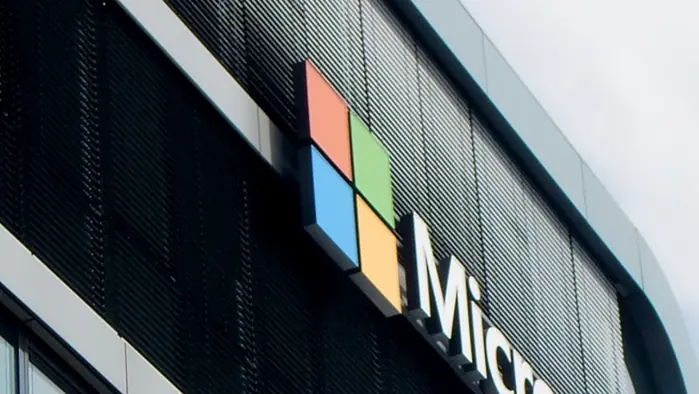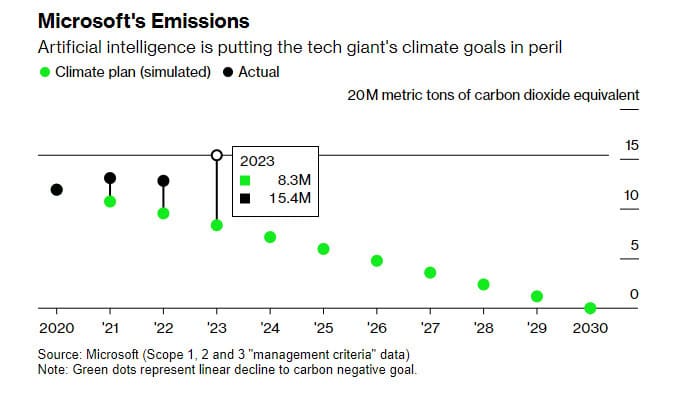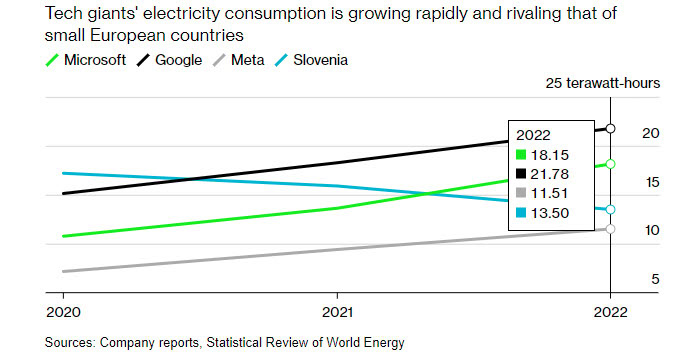Microsoft's carbon -ve goal by 2030 is under threat as AI emissions gain 30% in 4 years
2 min. read
Published on
Read our disclosure page to find out how can you help MSPoweruser sustain the editorial team Read more
Key notes
- Microsoft’s AI boom threatens its goal to be carbon negative by 2030 due to a 30% rise in emissions.
- Powerful data centers for AI guzzle energy, and new data center construction adds to the company’s carbon footprint.
- Microsoft invests in renewable energy but relies on RECs, masking true emissions, and seeks greener materials for data centers.

Microsoft’s ambitious plan to be carbon-negative by 2030 is at risk due to the booming growth of AI, specifically Microsoft’s AI. The company’s total carbon footprint has risen by 30% since 2020, largely due to AI’s energy demands.
Why does AI take so much power? Mostly because AI requires massive amounts of data processing, which is done in large data centers. These centers use a lot of energy to power the computers and cool them down.
To keep up with AI development, Microsoft is spending over $50 billion between July 2023 and June 2024 on expanding its data centers globally, including in Europe, the UAE, and Southeast Asia. This will further increase emissions. These data centers also rely on steel, concrete, and microchips, all materials with high carbon footprints.

Microsoft claims to be powered by 100% renewable energy, this achievement is partly due to the use of Renewable Energy Credits (RECs). RECs don’t directly translate to additional green energy production and only mask the true extent of Microsoft’s emissions. The company uses a mix of approaches, but according to its 2022 filings, about half of its energy use is claimed through RECs, as reported by Bloomberg.
Microsoft’s electricity consumption last year rivaled that of a small European country, beating Slovenia easily.

Microsoft is also hesitant to rely only on carbon removal credits, which can cost hundreds of dollars per ton, many times more than the $100 per ton Microsoft applies as an internal carbon tax on its business travel. The company believes in technological advancements to solve the problem and is looking to invest in sustainable solutions.
It remains to be seen if Microsoft can achieve its carbon-negative goal while continuing its AI push.









User forum
0 messages